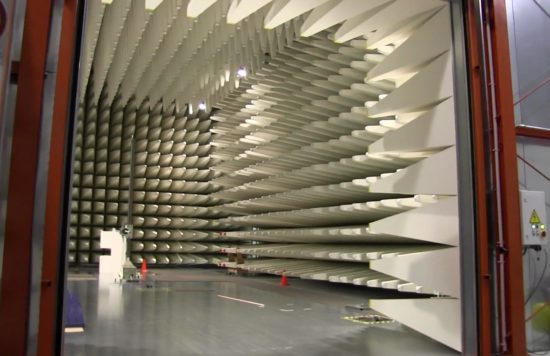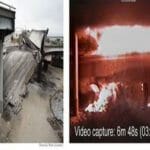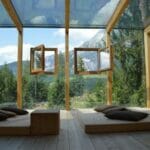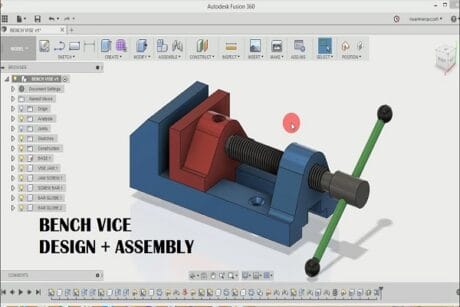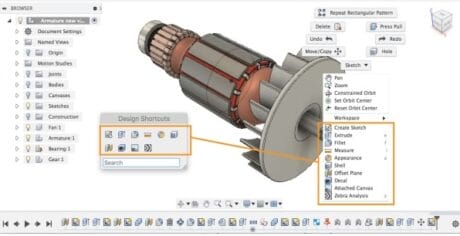No products in the cart.
- Course No E – 1286
- PDH Units 3.00
Course No E - 1286
PDH Units 3.00
- Course No E – 1286
- PDH Units 3.00
Course No E - 1286
PDH Units 3.00
Intended Audience: mechanical and electrical engineers and other design and construction professionals
PDH UNITS: 3
This publication contains sound pressure and sound power data for mechanical equipment commonly found in many commercial buildings. Where possible, the noise data have been correlated with some of the more obvious noise influencing parameters, such as type, speed, power rating, and flow conditions. The noise levels quoted in this publication are suggested for design uses; these noise levels represent approximately the 80 to 90 percentile values. That is, on the basis of these sample sizes, it would be expected that the noise levels of about 80 to 90 percent of a random selection of equipment would be equal to or less than the design values quoted in the manual, or only about 10 to 20 percent of a random selection would exceed these values. This is judged to be a reasonable choice of design values for typical uses. Higher percentile coverage, such as 95 percent, would give increased protection in the acoustic design, but at greater cost in weight and thickness of walls, floors, columns, and beams. On-site power plants driven by reciprocating and gas turbine engines have specific sound and vibration problems, which are considered separately elsewhere. Course Outline 1. INTRODUCTION 2. SOUND PRESSURE AND SOUND POWER LEVEL DATA 3. PACKAGED CHILLERS WITH RECIPROCATING COMPRESSORS 4. PACKAGED CHILLERS WITH ROTARY-SCREW COMPRESSORS 5. PACKAGED CHILLERS WITH CENTRIFUGAL COMPRESSORS 6. BUILT-UP REFRIGERATION MACHINES 7. ABSORPTION MACHINES 8. BOILERS 9. STEAM VALVES 10. COOLING TOWERS AND EVAPORATIVE CONDENSERS 11. PUMPS 12. FANS 13. AIR COMPRESSORS 14. RECIPROCATING ENGINES 15. GAS TURBINE ENGINES 16. ELECTRIC MOTORS 17. STEAM TURBINES 18. GEARS 19. GENERATORS 20. TRANSFORMERS 21. OPENING IN A WALL 22. GLOSSARY This is an introduction to noise characteristics and noise control for mechanical and electrical equipment.
Learning Objectives
At the successful conclusion of this course, you’ll be able to identify and discuss:- Learn the significant of A-weighted sound level measurements;
- Learn the acoustic characteristics of packaged chillers with reciprocating compressors ranging in size from 15-ton to 200-ton cooling capacity;
- Learn about the noise characteristics of rotary screw compressors;
- Learn about sound characteristics of packaged chillers with centrifugal compressors;
- Learn the noise control issues with steam and hot water boilers;
- Learn how to control unwanted noise produced by cooling towers and evaporative condensers;
- Learn how to calculate sound power levels for propeller-type cooling towers;
- Learn the typical sound power levels for pumps;
- Learn about the ASHRAE methods for estimating in-duct fan noise;
- Learn noise control measures that can be applied to compressors, and
- Learn how to control noise from electrical equipment such as generators and transformers.
Once completed, your order and certificate of completion will be available in your profile when you’re logged in to the site.

